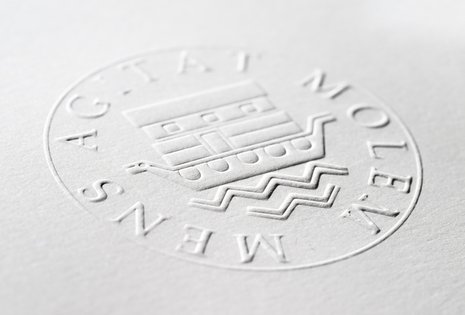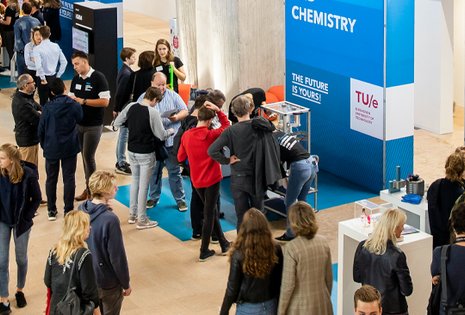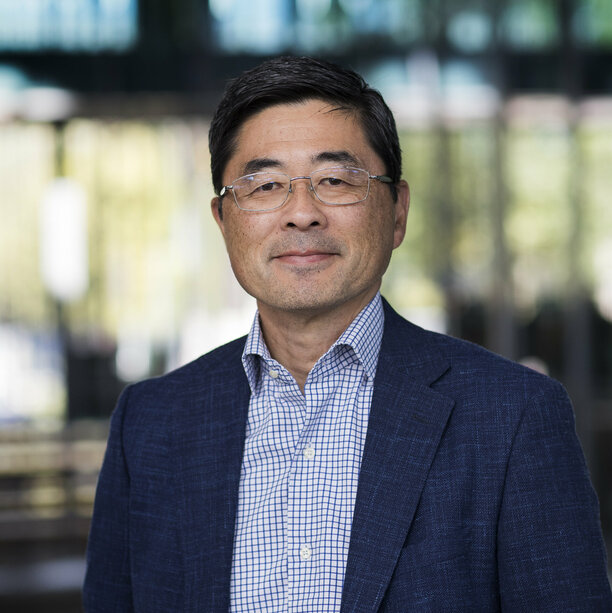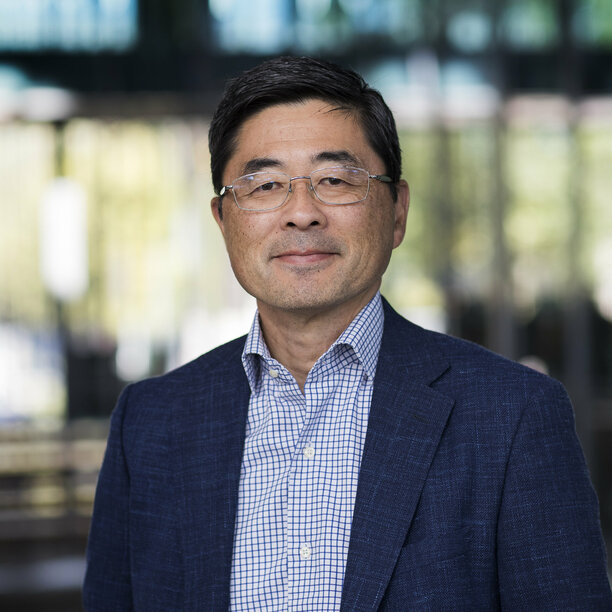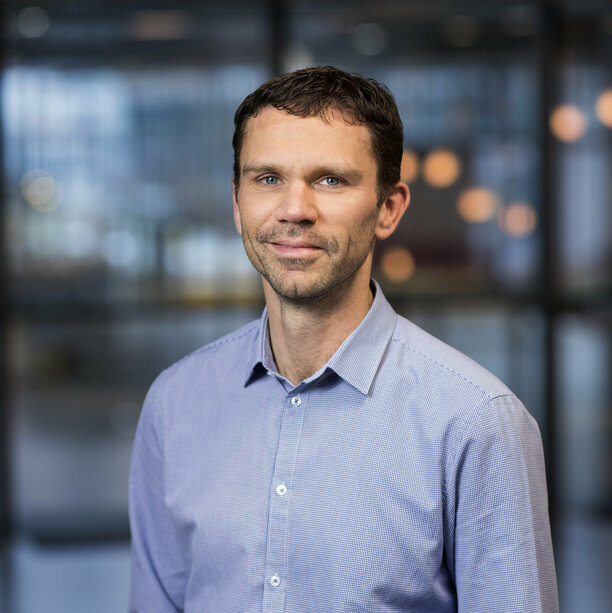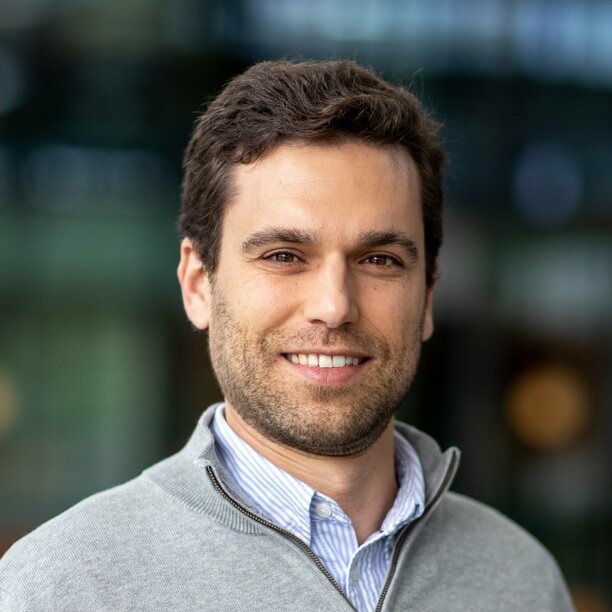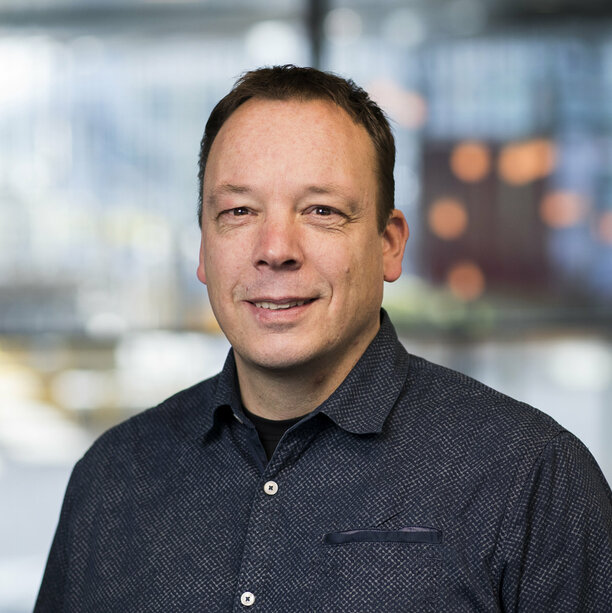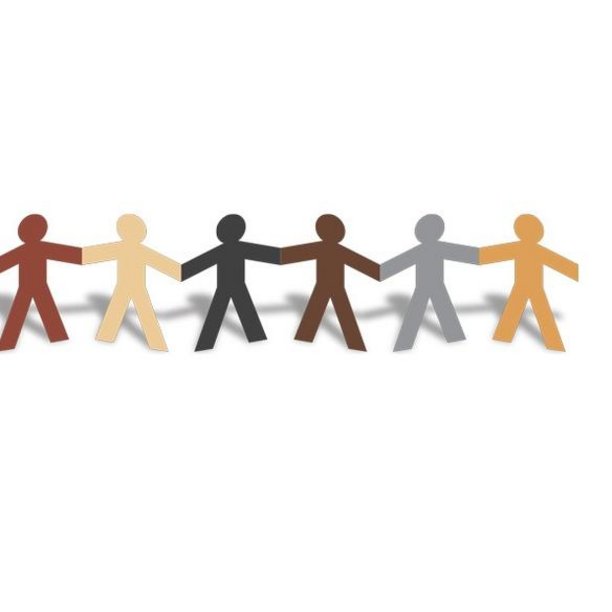Novel treatment strategies for an ever-active ageing population
Human cells produce, maintain and adapt musculoskeletal tissues such as bone and cartilage as a response to their biophysical environment, both in health and disease. In our ever-aging population, orthopaedic injuries and degenerative diseases have become more prevalent, with an increasing socioeconomic impact. Current treatment methods with purely synthetic devices may be limited in view of the increasing longevity and high level of activity of modern day humans. The Orthopaedic Biomechanics research group combines engineering and biology to expand our understanding of musculoskeletal tissues and to develop (regenerative) treatment strategies. These are currently applied to bone, articular cartilage, intervertebral disc and tendons/ligaments.
Research Lines

Meet some of our Researchers
Recent Publications
Our most recent peer reviewed publications
Student opportunities
The Orthopaedic Biomechanics group provides courses and projects in the bachelor's and master's program.
Contact
-
Visiting address
Building 15, Gemini-South (room 4.115)Groene Loper5612 AZ EindhovenNetherlands -
Visiting address
Building 15, Gemini-South (room 4.115)Groene Loper5612 AZ EindhovenNetherlands -
Postal address
Department of Biomedical EngineeringP.O. Box 5135600 MB EindhovenNetherlands -
Postal address
Department of Biomedical EngineeringP.O. Box 5135600 MB EindhovenNetherlands -
Secretary
-
Teamlead
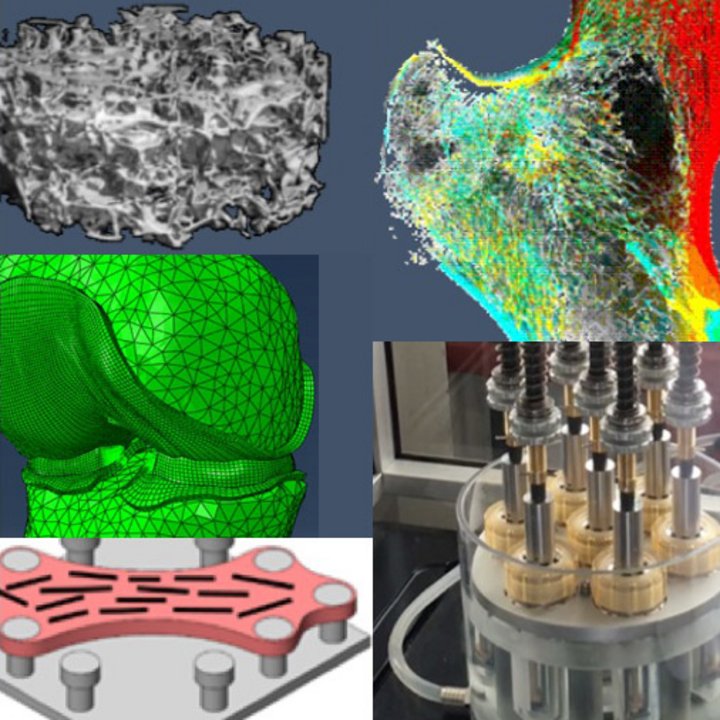

![[Translate to English:] [Translate to English:]](https://assets.w3.tue.nl/w/fileadmin/_processed_/b/6/csm_Picture%20WISE%20writing%20retreat_a312abae33.jpg)


